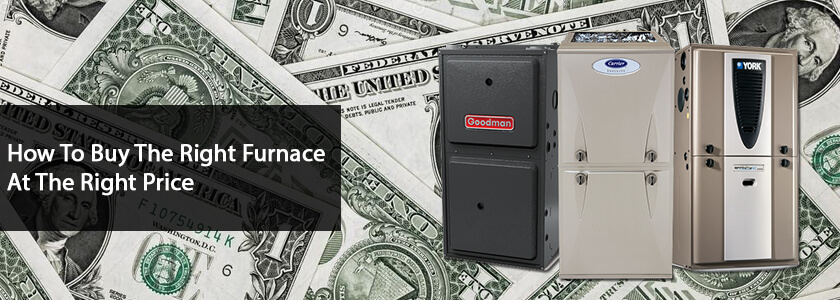- Serving Our NJ Neighbors 24/7 (888) 333-2422
How Much Should You Pay For Furnace Installation

If your furnace doesn’t work the way it should, you will definitely know it, as there are obvious signs. Sometimes, a furnace may have a minor malfunction that could be corrected by a simple repair work. However, you will need to buy a new furnace ultimately the more use you get out of your existing one as it’ll eventually complete its life span. If you’re planning a furnace replacement, listed below are things you need to consider to ensure you make the right buying decision and a good investment.
Some Tips To Help In Estimating The Cost Of New Furnace
1. Choose the right furnace for your property
When installing a furnace, the first thing you need to do is to determine the type of furnace to install. A furnace normally lasts between 15-20 years, meaning that the model you have now won’t be available on the market. Most residential furnaces use natural gas. A typical energy efficient furnace costing around $2, 250 t0 $3,800. You may spend more money, based on how complex installing the furnace will be or if you choose a furnace that uses more energy.
You can find oil furnaces in some states, but they tend to be less energy efficient than gas furnaces. Oil furnaces normally cost between $2, 200 to $2,500 to install, or even more if you need to adapt the existing ductwork.
Costhelper.com found that factors such as a hard floorplan, hard to rich ductwork, or a bigger more energy efficient furnace would cost even up to $10,000.There are also options to use electricity, which you will get from small around the borders of every room. Installing an electric powered furnace normally costs $1, 800 to $2,700. However, electricity is not ideal for heating bigger spaces, as well as higher energy costs.
There is a newer and better option that many people tend to select, which a heat pump. The heat pump gets heat from the ground making use of refrigerant coils. These types of furnaces can be used in summer for air conditioning. However many are unusable during severely cold climates, reducing their efficacy
Gas furnaces come with a number of options, which affects their price, these options include:
-Heat Output- The average home will use 60, 000 BTU’s(British Thermal Units). Heat is measured by BTU’s. |Furnaces with a lower BTU arent the best for smaller homes, because they will be more expensive and reach maximum temperatures too fast, then automatically shut down, leading to uneven comfort level
2. Furnace Efficiency
Older models were known to be 80% or less energy efficient, meaning that 20% of the heat they generated went to waste. Newer models are known to be 90% energy efficient and even better. Some are even 94-95 percent energy efficient, leading to lower energy consumption and a cheaper utility bills.
Also, consider how efficiently a gas furnace will heat your home. Older furnaces are one stage, they, therefore, run on full power, as compared to newer ones that run on two-stage, at 65 percent when starting and then 95 percent when necessary. There are more expensive ones that run between 33-90 percent
3. Furnace Labour Costs
Companies normally will charge around $75 per hour for an experienced and licensed installer and 50% for a helper. The cost will vary depending on the size of the furnace and if there is the need for ductwork.
There are two warranties that surround furnace installation and function. The first one, the manufacturer’s warranty, is included when you buy the furnace and covers against defects in the furnace. The second warranty is the contractor’s warranty that covers repairs needed if the furnace doesn’t work as it should and lasts between 5-10 years
It’s important to ensure that your warranty is in writing, and exactly what is covered and for how long the warranty will run. Do thorough research to ensure to avoid traps and to ensure you are well informed





